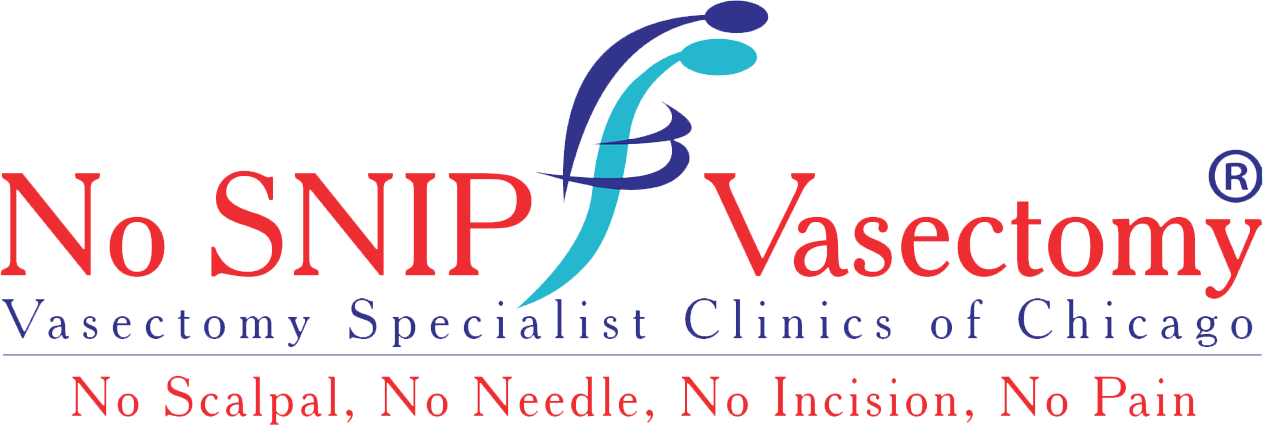
No Scalpel, No Needle, No Incision, No Pain
We have trademarked our technique with the US patent office. No SNIP is an acronym meaning that there is no scalpel, no need no incision and no pain. There is no pain.
Our technique is different from a conventional vasectomy in the way it is performed surgically.
Reasons for having a No SNIP vasectomy as compared to other methods of vasectomy are the following:.
- No use of scalpel needle or incision.
- No PAIN.
- No stitches.
- Quicker to perform.
- Quicker and easier recovery.
- More effective.
- Lesser chances of complications like bleeding.

